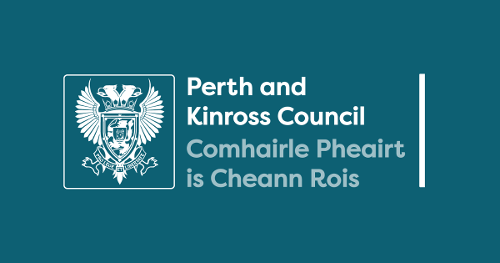Experienced voices share their justice journey
The latest piece of research "Rules for Them and Rules for Us" maps the real-life stories of participants against the complexities of the Scottish justice system.
Alongside this, Community Justice Scotland have created a series of illustrations which map four different Justice Journeys: Community Payback Order (CPO), Diversion, Long-term prison sentence and Short-term prison sentence.
We hope that these illustrations will help bring greater understanding of the complexities those involved with the justice system face. A description of the steps contained in the illustration are included below each image for accessibility purposes.
Step-by-step: Community Payback Order
A Community Payback Order (CPO) is a court-issued sentence that can include various requirements. Evidence indicates that community interventions can be more effective at reducing reoffending and assisting with rehabilitation than short-term prison sentences.

Steps in image:
- Crime committed
- Crime recorded by police
- Marked for court/Court
- Not guilty plea
- Trial
- Guilty verdict
- Community Payback Order (CPO)
Step-by-step: Diversion from Prosecution
Diversion from prosecution is a process by which the Crown Office and Procurator Fiscal Service (COPFS) are able to refer a case to social work - and their partners - as a means of addressing the underlying causes of alleged offending when this is deemed the most appropriate course of action.

Steps in image:
- Crime committed
- Crime reported to police
- Reported to Crown Office and Procurator Fiscal (COPFS)
- Divert from court
- Assess suitability for diversion
- Suitable for diversion
Step-by-step: Short-term prison sentence
A custodial sentence of up to 4 years is regarded as a short-term prison sentence.

Steps in image:
- Crime committed
- Crime reported to police
- Reported to Crown Office and Procurator Fiscal (COPFS)
- Marked for court
- Sheriff Court
- Guilty plea
- Judge considers sentence
- Short-term prison sentence
- End of sentence/Automatic release at halfway stage - no supervision or support
Step-by-step: Long-term prison sentence
A custodial sentence of 4 years or more is regarded as a long-term prison sentence.

Steps in image:
- Crime committed
- Crime reported to police
- Reported to Crown Office and Procurator Fiscal (COPFS)
- Marked for court
- High Court
- Guilty plea
- Long term prison sentence
- Person receives education, addiction therapy and help with employment
- Released on parole at halfway stage
- Accommodation with other people released from prison
- Breached parole
- Recalled to prison
The details on this page are an extract from Justice Journeys - Community Justice Scotland




